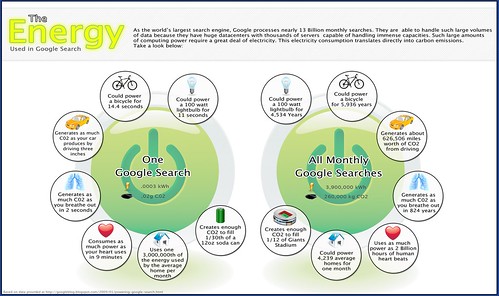In my thus-far ad-hoc survey of what an audit could be, I’m still yet to find a definition I’m completely happy with.
Take, for example, this one:
Audit: An independent review and examination of records and activities to assess the adequacy of system controls, to ensure compliance with established policies and operational procedures, and to recommend necessary changes in controls, policies, or procedures.
It’s a bit dry isn’t it?
One of the key nuggets within that statement is this bit:
“to ensure compliance with established policies and operational procedures”.
(Let’s leave aside the bit about recommending changes for the moment…)
Now, I expect that an organisation like the MCA does have an existing set of “established policies and operational procedures” with regard to its environmental footprint. So that’s some homework for me – to get my hands on it…
Also on the cards is a meeting with Chris, a Real Environmental Auditor who has worked with the MCA already. Apparently he’s happy to share his experience with me. I’ve left him a message, but no reply yet…
Beyond the museum’s own practices, however, are the activities of all the artists whose work will “plug-in” to the upcoming In the Balance show. (There’s a list of them here.)
Now, if it already seems tricky to “audit” the museum – an entity which (probably) does have a set of “policies and operational procedures”, how much trickier again is it going to be to environmentally audit these artists?
We’re talking about a bunch of non-unionised sole-traders (for tax purposes) who (probably) don’t have a ready-published set of policies at hand. The first job, then, will be to draw to the surface what the “policy” of each art practice could be. What are the artist’s procedures? To what end are these policies and procedures directed?
Huh?! Can an art practice have policies and procedures? Could these be articulated in relation to environmental impact?
Given that there are 32 artists in the show, my feeling is that my audit might have to concentrate on a “representative sample” rather than being exhaustive. Unless, I guess, I want this process to become my own source of exhaustion.
Actually, that point brings me to the one auditable artist to whom I will have most constant access during this project: me. Can I make this enquiry with regard to my own activities?
Let’s try, for the sake of argument, taking a wintery day in the life of Environmental Audit itself as a case study.
A blog entry seems to take me about 3 or so hours. This takes into account writing, finding links, checking email and uploading photos and general procrastination. Prior to sitting down to write, usually another chunk of time has passed, thinking, having an experience meeting someone, doing some diagrams and so on.
In the time I sit in front of my computer, I run power for my laptop (90 watts), and an electric heater (2000 watts) to make my shittily insulated loungeroom workable (even though I still need my thermal underwear and a scarf!).
Oh, I forgot to include on the diagram the power for the modem and the wireless router, and my scanner. (I don’t know enough about the quantification of power to be able to interpret the power adapter on my router – I’ve posted a picture of it at the top of this blog entry, in case anyone wants to help out).
In my lounge room, I don’t need lights during the day, as there’s enough sunshine coming through the window. While working, I make myself a cup of coffee, and reheat last night’s dinner on the stove, both of which use gas. (I could include a shower I had this morning in the gas category too.)
I also use a table and chair. These (as well as the computer, modem, heater etc) have embodied energy involved in their manufacture (wood, vinyl, metal fixtures), but both are hand-me downs (the chairs from my grandmother, who had them for decades) so I don’t know how that affects their toting up in the environmental ledger. Sitting on the chair will eventually wear it out, and then I’ll have to find a way to dispose of it, or re-use its bits for something else.
I’ve heard that working on the internet is not particularly “green”, although it is often described as such in comparison to using loads of printed paper. For instance, a single google search uses equivalent power to turning on a 100 W lightbulb for 11 seconds. Here’s a post about that which I selected from my own lightbulb-burning google search, with a great infographic to boot:
Even after posting my blog entry, the consumption doesn’t come to a halt! Readers must, in a way, re-enact my own processes. They will require power for a computer and the internet and whatever else is used to make their office environment workable. If they compose replies to my blog, this too will generate further activity, and further emissions resulting from my own replies to my readers’ replies, and often (like last week) these conversations will send me off on further adventures, which in turn produce further blog posts. And so on.
So, how much is emitted in the process?
Is it worth it?
The answer to that, I think, must depend on a consideration of my own “policies and procedures”. What, may I ask, would I be doing with myself, if I wasn’t doing this? (Simply staying alive must have its own “base load”…)
More on this and more in the next thrilling installment of the Environmental Audit…. Until then…



